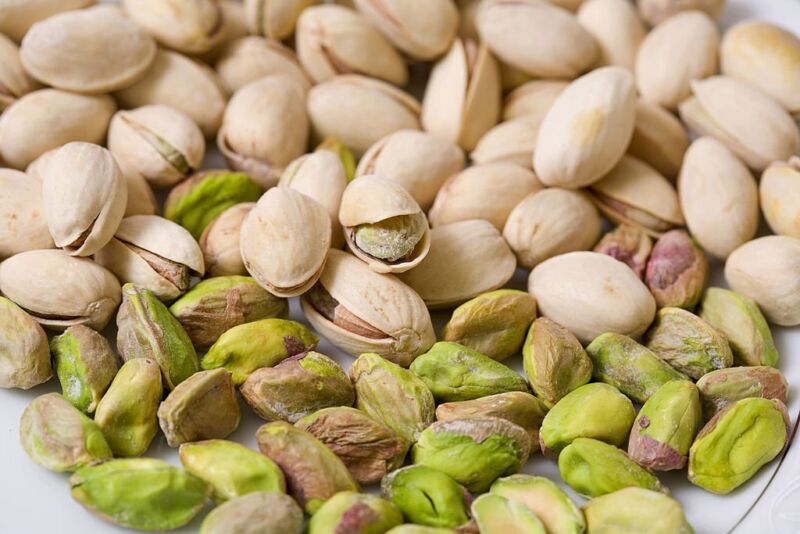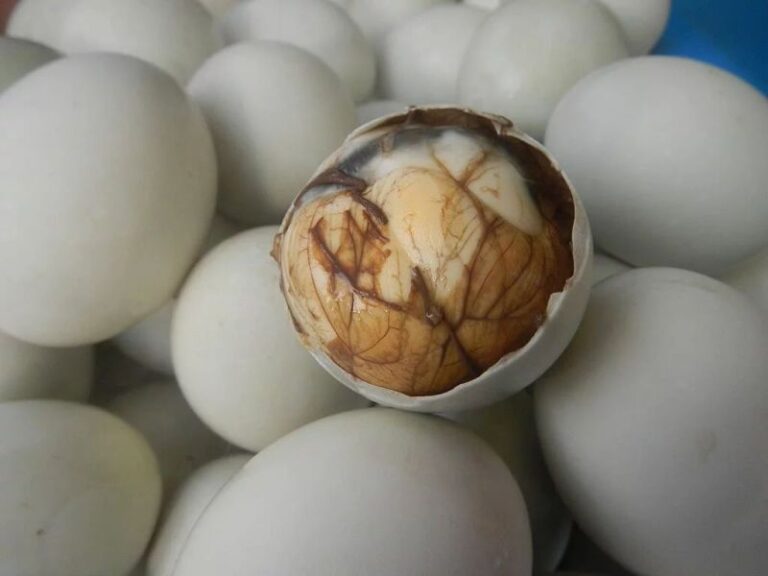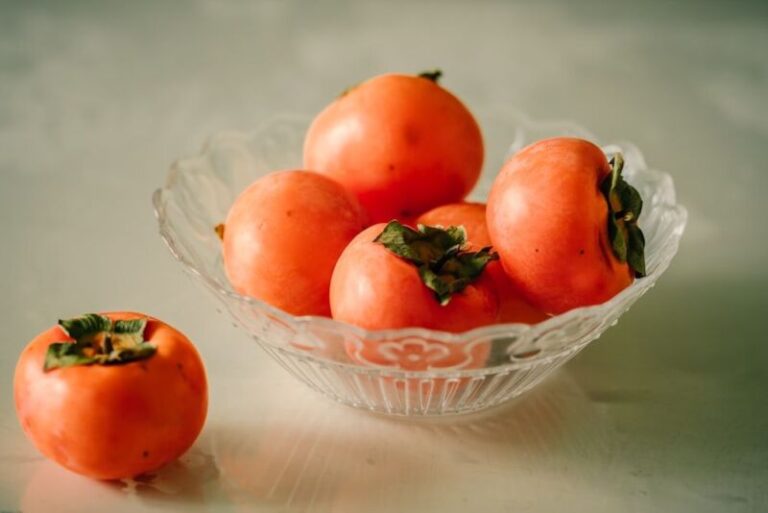Why Do Some Pistachios Taste So Bad?
We’ve all eagerly torn open a bag of pistachios, ready to enjoy the satisfying crunch and tasty nutty flavor of these popular snacks. But inevitably, there are always a few nuts mixed in that make us recoil at the first bite. Instead of the mild, slightly sweet taste we expect, these pistachios have a bitter, unpleasant taste that ruins the snacking experience. So why do some pistachios taste so bad?
As a lover of pistachios myself, I’ve had plenty of moments of disappointment when I bite into a nut and get an instant blast of bitter or rancid flavor. It leaves me reluctant to keep eating from the batch and wondering what went wrong. After doing some research, I discovered there are two main reasons why pistachios can develop an unappealing taste.
Why Do Some Pistachios Taste So Bad?
1. Unripened Pistachios Have More Bitter Tannins
One common reason for bitter pistachios is that they were harvested before fully ripening. Pistachio nuts that are not yet mature contain higher levels of tannins, which are natural plant compounds that give them an astringent, bitter taste.
When you bite into an unripe pistachio, you’ll notice a mildly bitter and astringent flavor. It won’t be as strongly bitter as a completely raw nut, since some sweetness still comes through. But the astringency does overwhelm the pleasing nutty, sweet notes we expect in a ripe pistachio. The more unripe the nut is, the more intense and unpleasant the bitterness becomes.
Pistachio nuts begin developing their rich flavor and peak sweetness as they ripen on the tree. Once the green flesh of the fruit splits open, signaling ripeness, the pistachios inside begin to rapidly reduce their bitter tannin levels. So nuts harvested too early will retain that immature, bitter taste.
2. Rancid Pistachios Have “Off” Flavors
The second common reason for bad tasting pistachios is rancidity. This happens when the oils in the nuts start to go bad, creating unpleasant flavors and odors. Just like other oils and fats, the fatty acids in pistachios can oxidize and turn rancid over time.
When you bite into a rancid pistachio, you’ll likely notice harsh, bitter flavors mixed with sour, acidic notes. There is an instantly noticeable “off” taste that is deeply unpleasant. The flavor is strong enough to make you instantly spit out the nut.
Other signs of a rancid pistachio include a rancid or sour odor, changed texture (soft or shriveled), and altered color (brown or black staining). So always inspect your pistachios closely before eating and look for any warning signs of spoilage.
Are Bad Tasting Pistachios Safe to Eat?
If you’ve accidentally bitten into an unripe or slightly “off” tasting pistachio, it’s likely still safe to eat. Unripe nuts with bitter tannins don’t pose any major health risks, though the unpleasant taste may make you want to spit them out.
However, pistachios that are truly rancid or spoiled may contain harmful bacteria from the spoilage breakdown. Consuming these bacteria by eating old, rotten nuts could potentially cause stomach upset or food poisoning.
So I recommend exercising some caution and avoiding any pistachios that seem excessively rancid, sour or spoiled in aroma, appearance or texture. Don’t take risks with nuts that seem like they may make you sick. When in doubt, throw it out!
Follow Proper Storage to Avoid Rancid Pistachios
To avoid winding up with bitter, rancid-tasting pistachios, you’ll want to store them properly to maintain freshness. Here are some tips:
- Store pistachios in an airtight container at cool room temperature, away from heat, light and humidity. The pantry is ideal.
- Refrigerating pistachios can extend the shelf life up to 1 year before the oils start to spoil. The fridge prevents rancidity.
- For longest shelf life up to 2 years, you can freeze pistachio nuts. This stops the oils from oxidizing.
- In-shell pistachios last a bit longer than shelled nuts, but proper storage methods are still important to avoid rancidity.
- Buy pistachios in smaller amounts to use within a short window, avoiding long storage.
How to Prevent Bringing Home Rancid Pistachios
Follow these tips when shopping and before eating pistachios to avoid the nasty surprise of rancid nuts:
- Inspect pistachios before purchasing or eating them. Avoid any discolored, stained, shriveled or foulsmelling bags.
- Check expiration or “best by” dates. Don’t buy or eat any pistachios that are past their date.
- When you first open a bag, sniff to check for any rancid odors that signal spoilage. Promptly discard if you detect an “off” smell.
- Store unopened bags as recommended, in a cool, dark spot. Or refrigerate to prolong freshness.
- Once opened, transfer pistachios to an airtight container and check often for freshness. Discard if you see any signs they are going bad.
- Freeze extra nuts in airtight bags if you won’t eat within a month. Freezing prevents rancidity long-term.
Conclusion: Enjoy Pistachios at Their Tasty Best
When you bite into a pistachio nut expecting its familiar sweet and nutty flavor, it’s always a letdown to instead get a mouthful of bitterness or rancidity. Now you know why some pistachios taste so unpleasant – it comes down to early harvesting or improper storage that causes spoilage.
The good news is that you can largely avoid the disappointment of bitter, rancid pistachios with proper handling. Storing them correctly in a cool, dark spot prevents the oils from oxidizing early. And inspecting your nuts closely before eating allows you to spot any signs of spoilage.
While we can’t guarantee a perfectly tasty pistachio every single time, following these tips will ensure you enjoy these popular snacks at their peak deliciousness. So you can crack open pistachios with confidence, knowing they’ll have the mild, sweet taste you crave. Next time the craving for pistachios strikes, you’ll be ready with fresh, flavorful nuts to enjoy.






